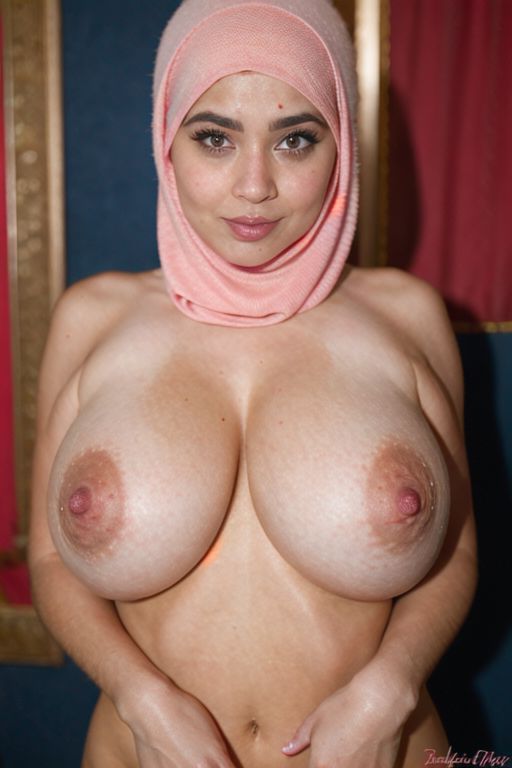Muslim Cam Girl Fetishization and Islamophobia
A Muslim woman wearing her hijabi head scarf poses for the camera.
 Hijab is more than just a headscarf. It’s no surprise that Western media and brands use it to represent Muslim women. Ibtihaj Muhammad, the first hijabi Olympian last summer, was referred to as a “first-ever hijabi woman” in most of the media coverage. This type of representation can be problematic because it reduces Muslim females to a piece fabric that has been the target of Islamophobia, and objectified by Western patriarchal societies.
Hijab is more than just a headscarf. It’s no surprise that Western media and brands use it to represent Muslim women. Ibtihaj Muhammad, the first hijabi Olympian last summer, was referred to as a “first-ever hijabi woman” in most of the media coverage. This type of representation can be problematic because it reduces Muslim females to a piece fabric that has been the target of Islamophobia, and objectified by Western patriarchal societies.
Despite the fact that smartphones are available in everybody’s hand, Muslims must always keep in mind that Islam commands them to follow certain adab, or etiquette, when using the camera. One such adab is to not record people without their permission, even for the purpose of trolling them. It is against Islamic tradition to record a sleeping or homeless person, a person who is sick or hungry, or a woman with a zit.
It’s easy for a brand such as L’Oreal to get away with this kind of fetishizing when they use a Muslim model because it’s profitable. But the bigger issue here is that L’Oreal is on the BDS (Boycott, Divestment, Sanctions) list for its ties to Israeli apartheid.
